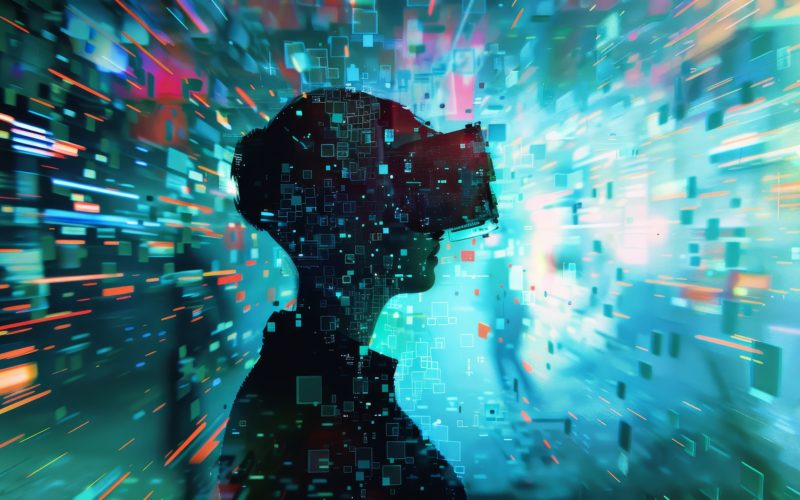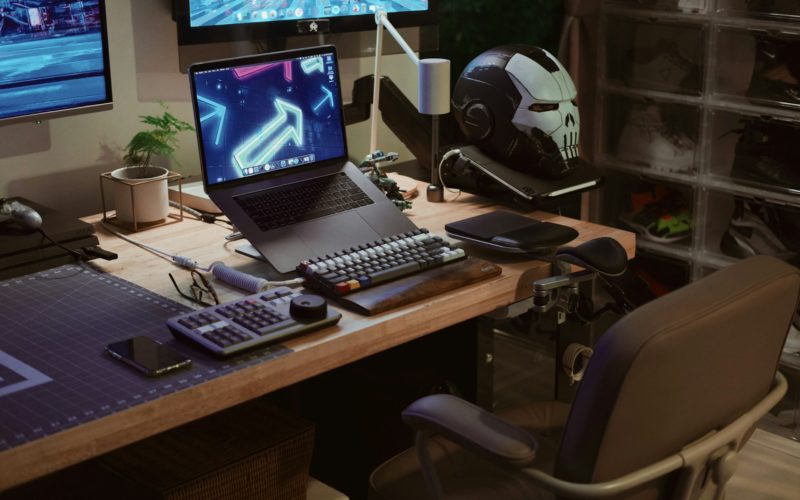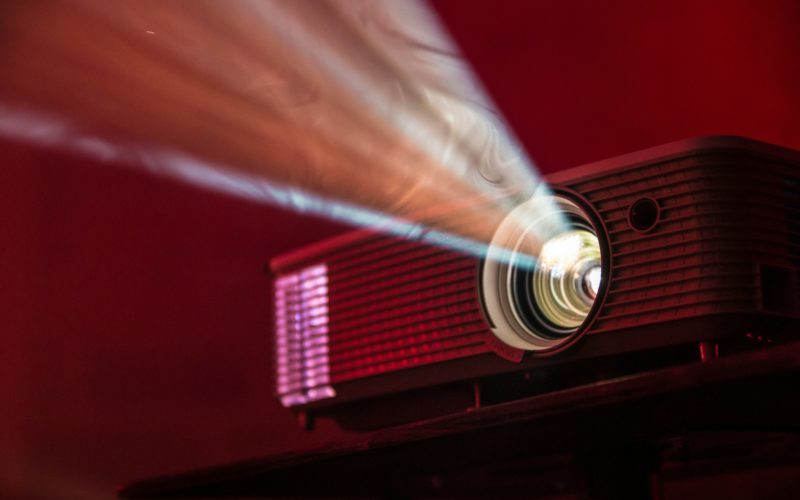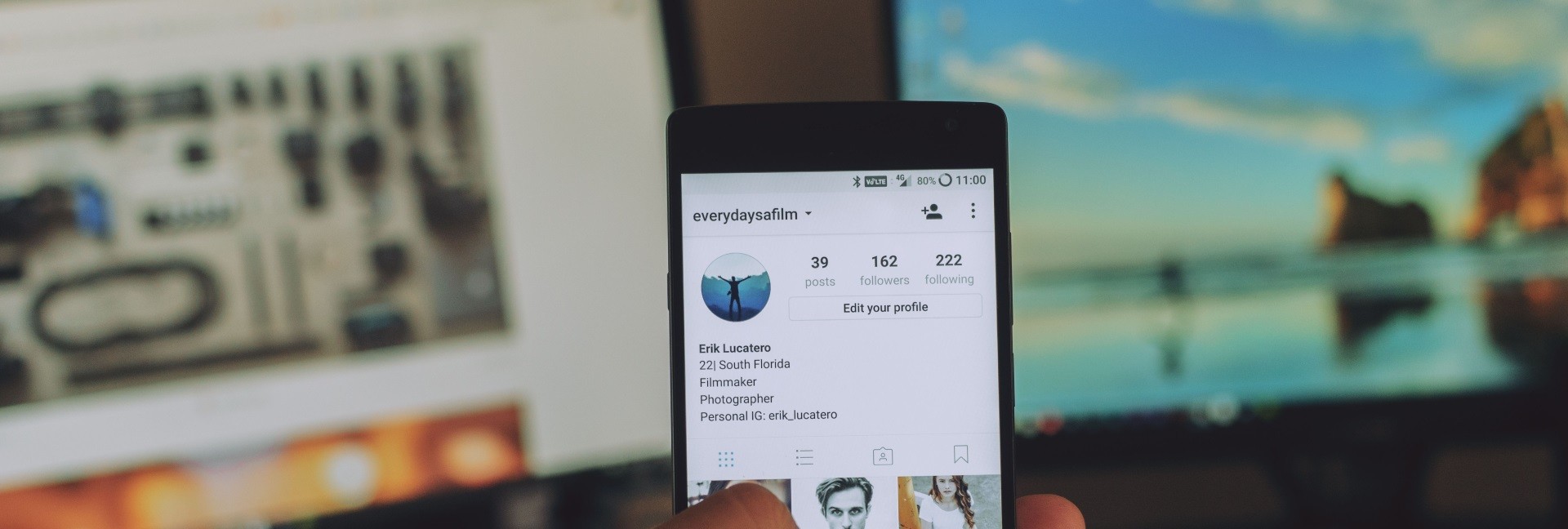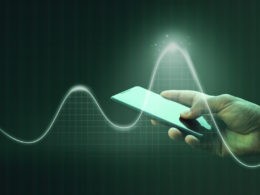Exploring how artificial intelligence is reshaping design, UI/UX, photography, video, music, and writing.
Artificial intelligence is actively reshaping how professionals across creative industries work, collaborate, and innovate. From visual art and video editing to music production and writing, AI is reshaping how creators ideate, produce, and distribute content. But along with this transformation come new challenges, ethical questions, and a redefinition of creative roles.
This article explores how AI is transforming creative processes, which tools are leading the charge, and what professionals need to know to stay ahead.
AI’s Expanding Role Across Creative Fields
Design and Illustration
AI is transforming digital design by automating routine tasks and enabling new aesthetics. Tools like Stable Diffusion and Artbreeder allow creators to generate and remix images from text prompts, accelerating ideation.
NVIDIA Canvas lets designers paint simple shapes and see them transformed into photorealistic landscapes in real time, making it easier to iterate visually.
Photography and Image Enhancement
AI-powered platforms are now capable of retouching, color correcting, and even reimagining photos. These tools save time while opening up new creative directions for photographers.
Pro Tip: Enhance images online with AI tools like Freepik Image Upscaler, which boosts resolution up to 4K or 16x while preserving sharpness, Upscale.media, supporting up to 8x enlargement for formats like PNG and JPEG, or DepositPhotos AI Image Generator, which creates high-quality visuals from text prompts with customizable styles. These are ideal for web, print, or creative projects.
Video Production and Motion Graphics
AI tools like Runway and Veed.io assist with editing, text-to-video creation, and auto-subtitling. Platforms like Lumen5 convert blog content into social-ready videos, while Kaiber generates AI-driven music videos and motion graphics.
Motion graphics are also becoming increasingly AI-assisted. Tools integrated with Adobe After Effects or platforms like Kaiber automate keyframe animation, speeding up content production, especially for advertising and social media.
Deepfake Safeguards: With the rise of synthetic media, tools like Adobe’s Content Authenticity Initiative and Truepic help verify authenticity. Truepic, for example, embeds cryptographic signatures in media to ensure content integrity.
Music and Audio Design
AI is enabling composers and content creators to produce studio-quality audio without formal training. Platforms like AIVA, Amper Music, Boomy, and Soundful let users generate royalty-free tracks by selecting moods, genres, or use cases.
These tools are especially popular for YouTube creators, advertisers, and indie developers who need fast, flexible audio content.
Writing and Content Creation
From blogs to fiction, AI is streamlining the content creation pipeline. Tools like Jasper, Writesonic, and Sudowrite help writers generate first drafts, headlines, or creative storylines.
Frase specializes in SEO-focused content optimization, suggesting keywords, FAQs, and structure based on search intent, making it essential for digital marketers.
AR/VR and 3D Design
AI is advancing immersive media by generating 3D models, textures, and environments for use in virtual and augmented reality. Platforms like NVIDIA Omniverse and Gravity Sketch enable collaborative design in 3D space.
Bezi simplifies 3D prototyping, lowering the barrier to entry for non-technical creatives, important given the historically steep learning curve in AR/VR.
Accessibility Challenge: While these tools are powerful, many still require technical fluency. However, platforms like Bezi are bridging this gap with more intuitive interfaces.
Game Design
AI is accelerating procedural content generation in game development. Tools within engines like Unity use AI to create levels, environments, and non-playable character (NPC) behavior dynamically.
Example: In No Man’s Sky, procedural world generation enables a near-infinite universe of unique planets, powered by AI algorithms.
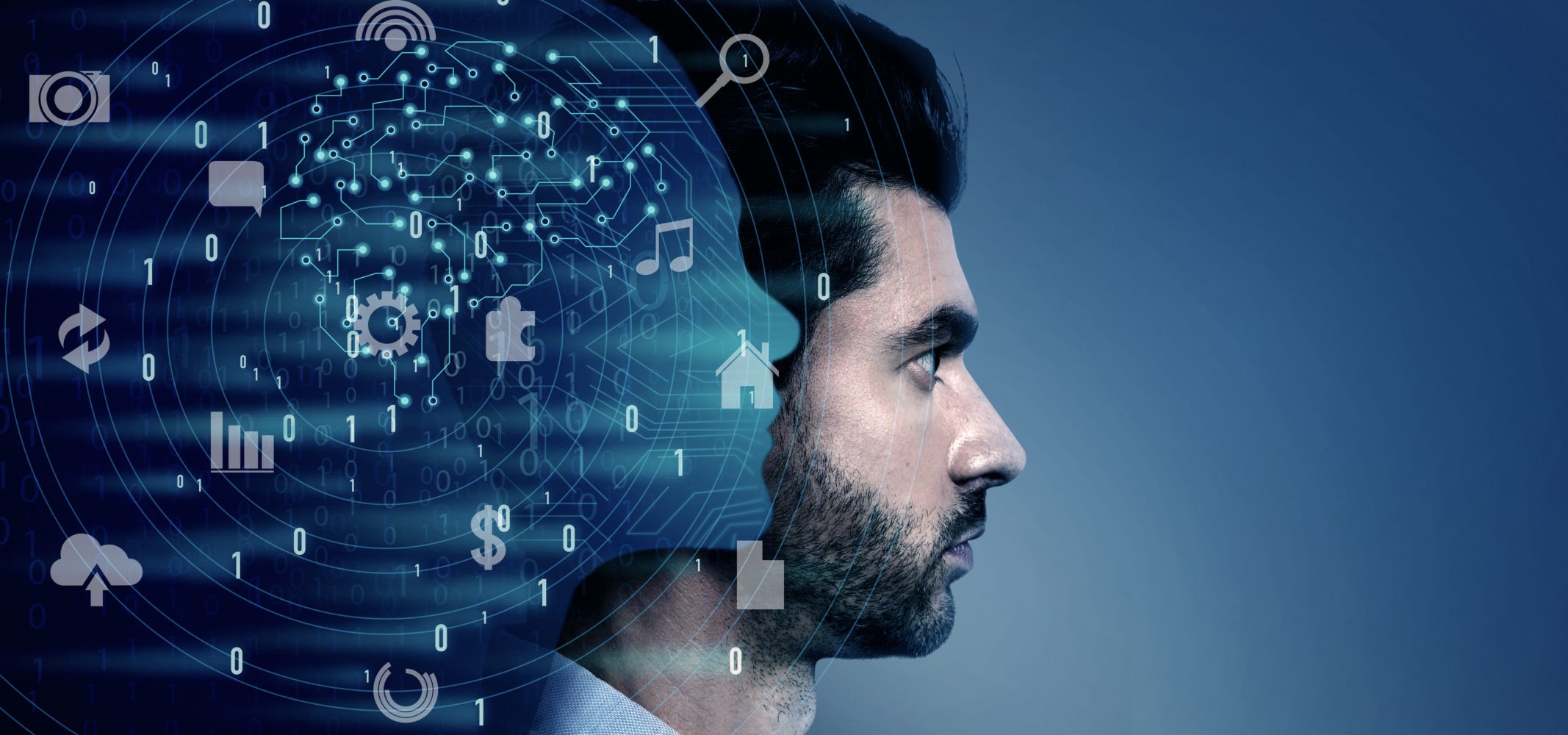
Key Trends and Tensions in AI-Creative Collaboration
Creative Homogenization
When many users rely on the same generative models, outputs can start to look and sound alike. The result? A risk of aesthetic conformity.
Solution: Train custom models or layer AI outputs with human input to retain distinctiveness.
Economic Shifts
Freelance platforms like Fiverr and Upwork are seeing a rise in AI-specific roles such as “prompt engineering,” AI video editors, and AI content strategists. This is reshaping job demand, requiring creatives to build hybrid skill sets.
Sustainability
Running large AI models is energy-intensive. Organizations like Hugging Face are developing optimized transformers through tools like Optimum, which reduce computational demands and help mitigate the environmental impact of creative automation
Localization at Scale
AI-powered tools like DeepL and ElevenLabs are streamlining localization of text and voiceovers. But AI often struggles with idiomatic expressions, highlighting the need for human oversight to ensure cultural nuance.
Human-AI Feedback Loops
Many creative tools (e.g., Midjourney) now evolve based on user feedback. Rating outputs or tweaking prompts helps refine future generations, creating a tighter loop between human vision and machine execution.
Accessibility Through AI
AI features like auto-generated alt text (in tools like Canva) and real-time captions (in Veed.io) are making content more accessible to users with disabilities. However, maintaining contextual accuracy remains a challenge.
Crowdsourced AI Training
Open platforms like Stable Diffusion and Hugging Face are encouraging community contributions to model training. This democratizes innovation and empowers creators to shape tools tailored to their specific needs.
Navigating the AI-Powered Future
- Wield AI as a Co-Creator
Don’t just automate — collaborate. Use AI as a dynamic tool for brainstorming, prototyping, and iterating in real time. - Master Multi-Disciplinary Tools
Expand your toolkit beyond one medium. Understanding AI for text, audio, and visuals helps unlock integrated storytelling. - Prioritize Human Strengths
Focus on what AI can’t replicate easily: emotional nuance, cultural insight, humor, and storytelling resonance. - Choose Ethical Tools
Select platforms that are transparent about data use and align with standards like the Content Authenticity Initiative. - Adapt Strategically
Reframe your role from creator to creative director. Let AI handle the grunt work while you focus on vision, originality, and sustainable practices.
AI Tools Transforming Creative Work (2025)
Here’s a curated, categorized table of AI tools reshaping the creative landscape:
| Category | Tool | Primary Use Case | Creative Field |
|---|---|---|---|
| Image Generation | Stable Diffusion | Open-source image generation | Illustration, Photography |
| Artbreeder | Image remixing and blending | Digital Art, Illustration | |
| NVIDIA Canvas | AI painting from sketches | Digital Art, Illustration | |
| DepositPhotos AI Image Generator | Text-to-image creation with customizable styles | Photography, Digital Art, Marketing | |
| Video Editing | Runway | Text-to-video, scene editing | Video Production |
| Veed.io | AI subtitles and social media editing | Video Production, Marketing | |
| Lumen5 | Video creation from text/blogs | Video Production, Marketing | |
| Kaiber | Music-driven motion graphics and video | Video Production, Animation | |
| Music Creation | AIVA | Compositions for film, games, ads | Music, Audio Design |
| Amper Music | Custom audio generation | Music, Audio Design | |
| Boomy | Instant song creation with customization | Music, Audio Design | |
| Soundful | Royalty-free AI music tracks | Music, Audio Design | |
| Writing | Jasper | Content marketing, blogs, scripting | Writing, Content Creation |
| Writesonic | Ad copy, website content | Writing, Marketing | |
| Sudowrite | Creative fiction and storytelling | Writing, Fiction | |
| Frase | SEO optimization and content research | Writing, Content Creation | |
| AR/VR Design | NVIDIA Omniverse | 3D collaborative design | AR/VR, Game Design |
| Gravity Sketch | Sketching and modeling in 3D | AR/VR, Product Design | |
| Bezi | AI-assisted 3D prototyping | AR/VR, Product Design |
Creativity Without Borders
AI is democratizing creative tools, enabling new voices, and breaking barriers between disciplines. From real-time visual effects in concerts to procedurally generated game worlds, AI is pushing creativity into uncharted territory. Yet, this transformation demands responsibility, balancing innovation with ethics, originality with automation, and accessibility with expertise.
The future of creativity lies not in choosing between human and machine, but in mastering their collaboration. By wielding AI with clarity, purpose, and imagination, creators can scale ideas faster and farther than ever before.






